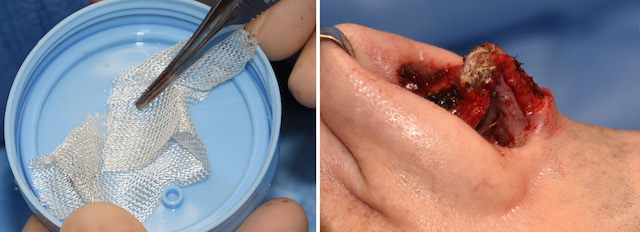Rhinoplasty surgery is fundamentally about changing the osteocartilaginous anatomy of the nose. The end result is a function of those structural changes and the overlying skin’s ability to shrink down and contact around the modified support to show it. It is well known by plastic surgeons and even many patients that the thicker the skin is the less likely some changes of the nose will be seen. Thick skin is truly the ‘enemy’ of the desired aesthetic result in some patients.
In managing after surgery swelling, particularly in the thicker-skinned nose, early injectable treatments have known effectiveness. Historically this was always injected steroid (Kenalog or triamcinolone) and more recently it has been 5-FU. (5-fluorouracil) While 5-FU and steroids work by different mechanism, their use individually or as a combined injection early after surgery in the first few months can work synergistically with the natural healing process. While it is always hard to determine when given early on as to the absolute merits of the injections as opposed to healing time, in the thicker skinned nose it is best to be aggressive.

While I currently use 0.1cc of Kenalog 40 in the very thick-skinned nose, I reduce that in noses that appear to have less risk for adverse or prolonged swelling. I avoid doing it at all in normal skin or thin skinned rhinoplasty patients.
Dr. Barry Eppley
Indianapolis, Indiana



